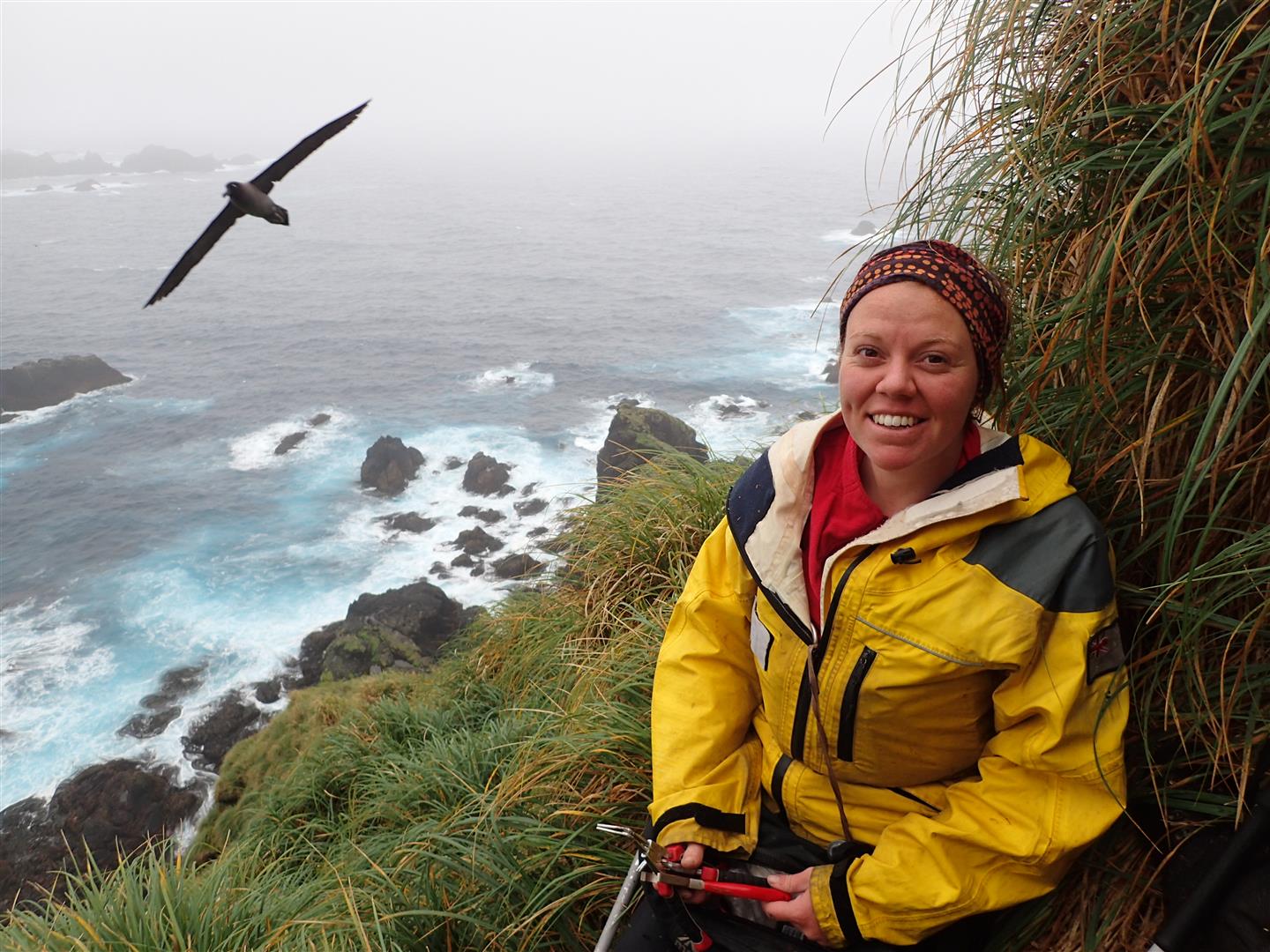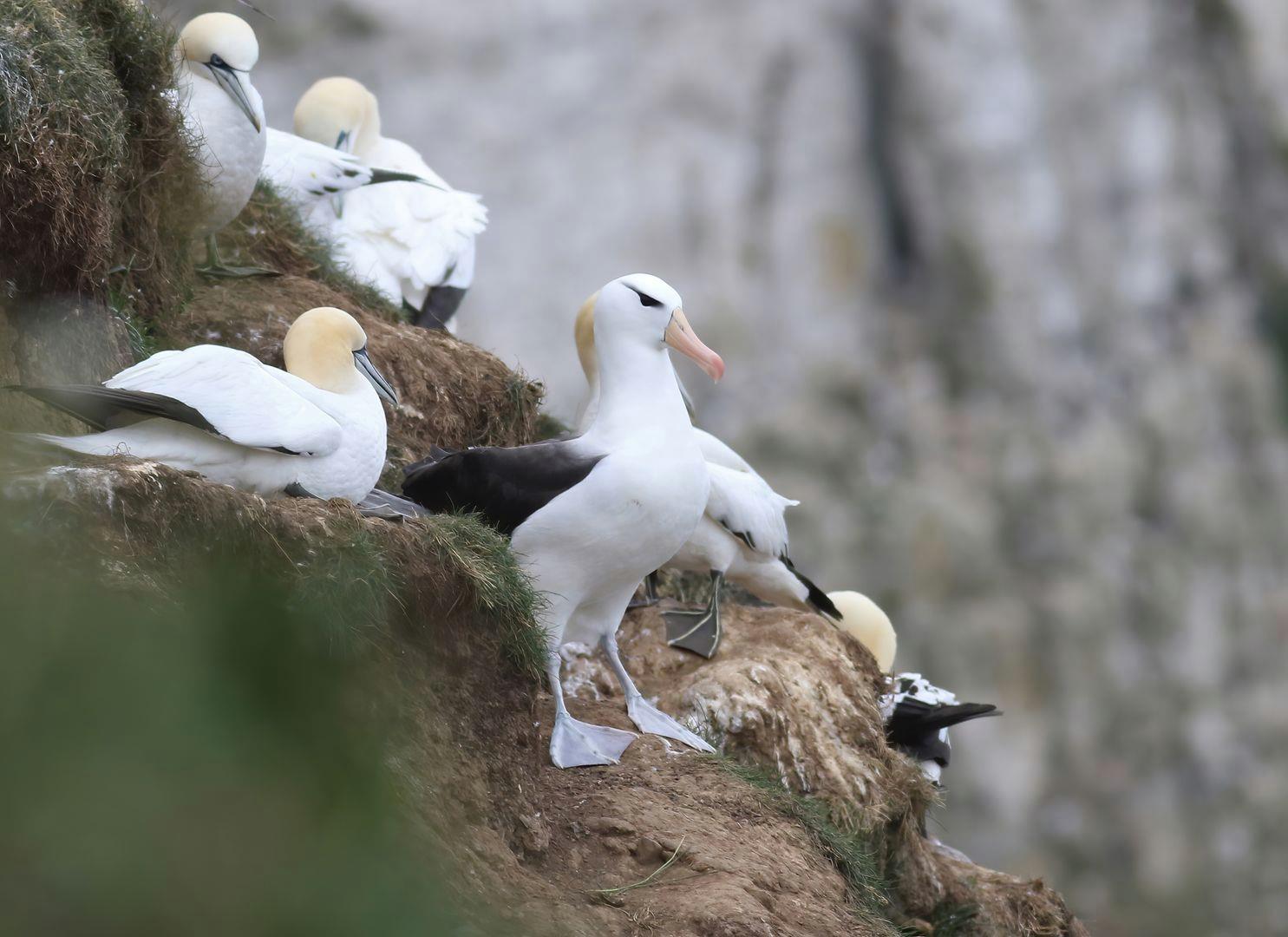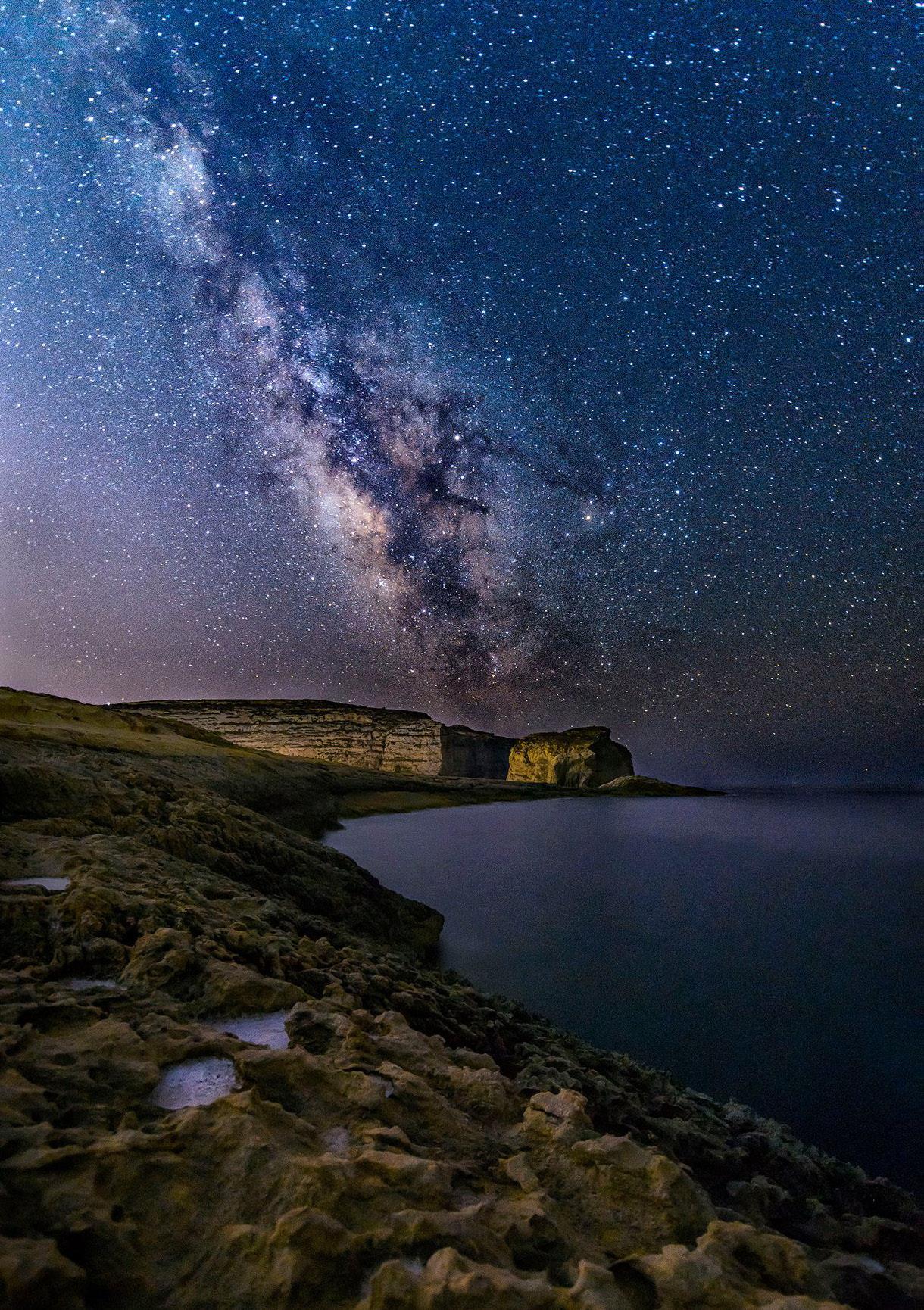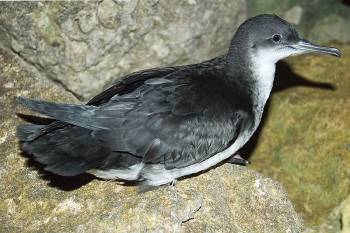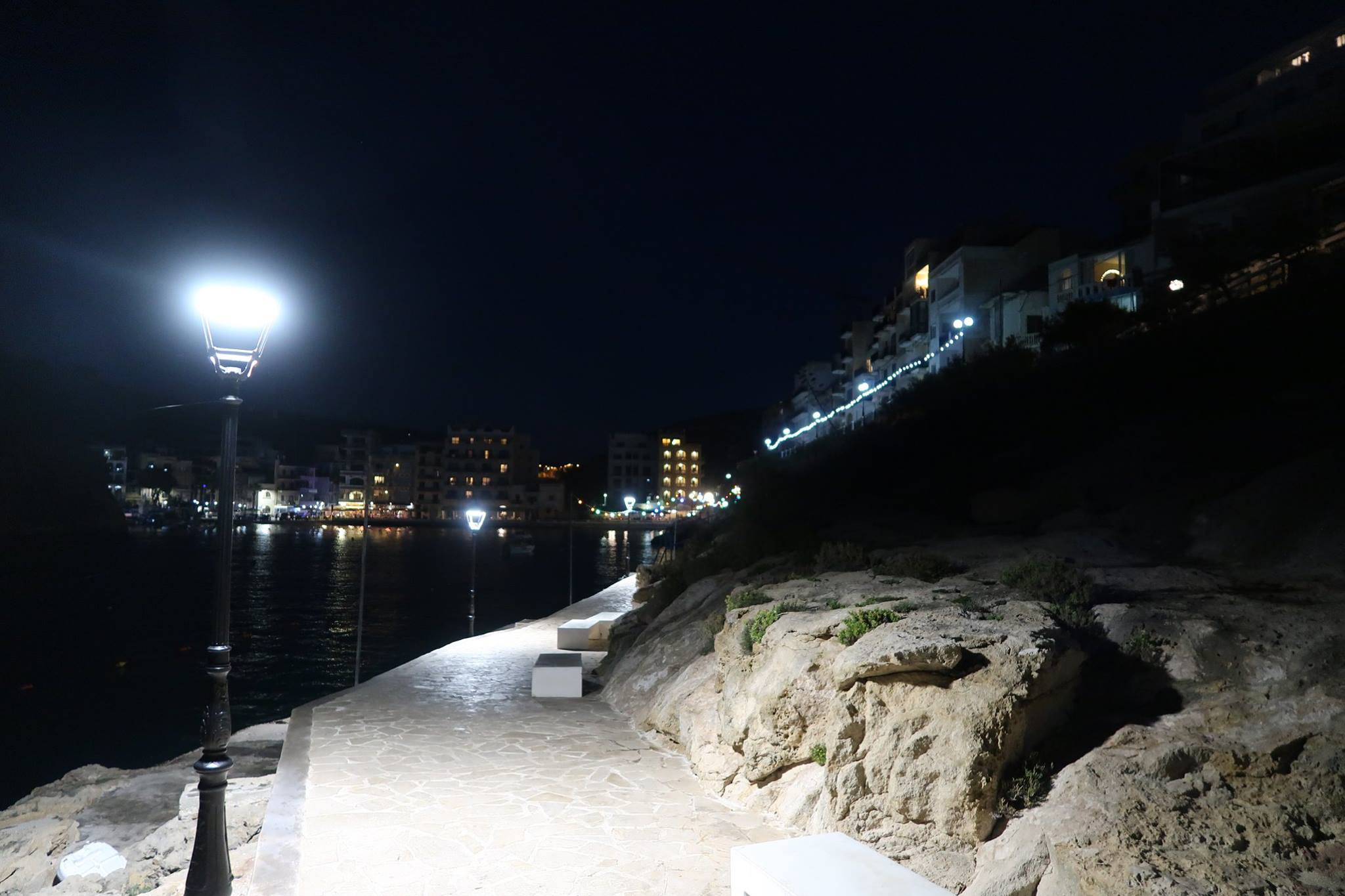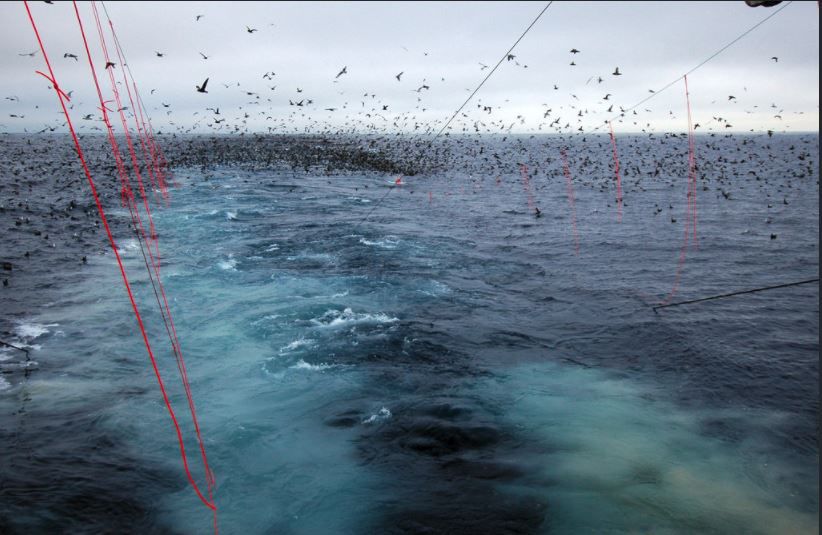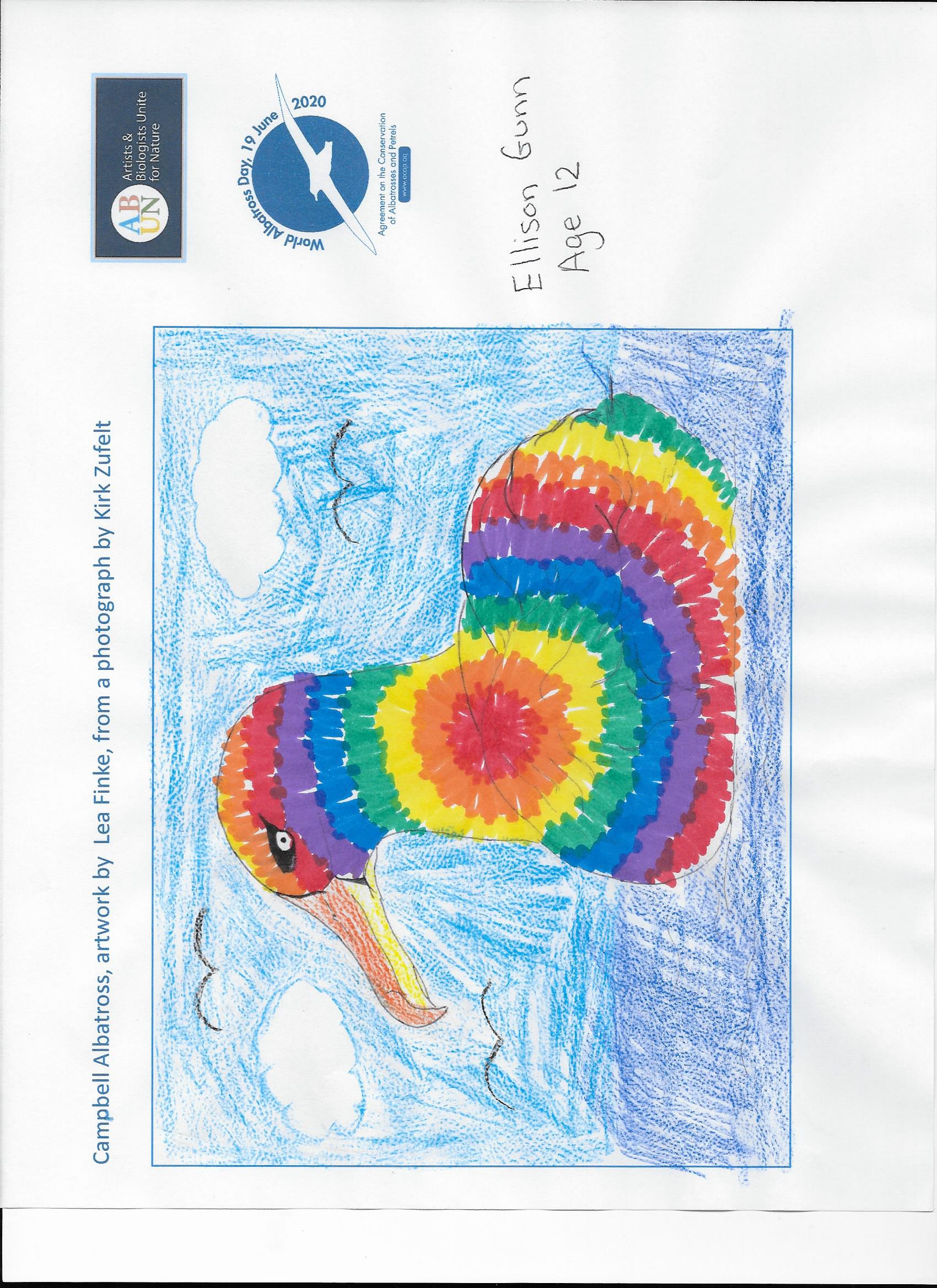
Earlier this year ACAP collaborated with Artists and Biologists Unite for Nature (ABUN) to produce a series of posters and individual artworks depicting the 22 species of the world’s albatrosses to mark and help support the inaugural World Albatross Day (‘WAD2020’) on 19 June. ABUN artists were also requested to produce line drawings, suitable to be coloured in by children (or by young-at-heart adults). One drawing for each species was selected for the competition and posted to this website, along with the photograph that inspired it (click here). Artistic license was encouraged, for example think COVID-19 rainbow albatrosses.
The 124 entries (view them in all in a Facebook album) received by the deadline were assigned to five age classes, with a range from three to eighteen plus years. Four judges of international standing (Dana Hargrove, Kitty Harvill, Caren Loebel-Fried and Laurie Smaglick Johnson) kindly agreed to choose winners and two runners-up for each of four of the five age categories (because of the small number of entries only the winner was chosen for the adult category). Their choices were assigned points which were then pooled to obtain the final results.
The age-category winners have already been posted here. Now is the time to feature the runners up in the age categories from three to seventeen years of age. Congratulations to them all!
3-5-Year Category
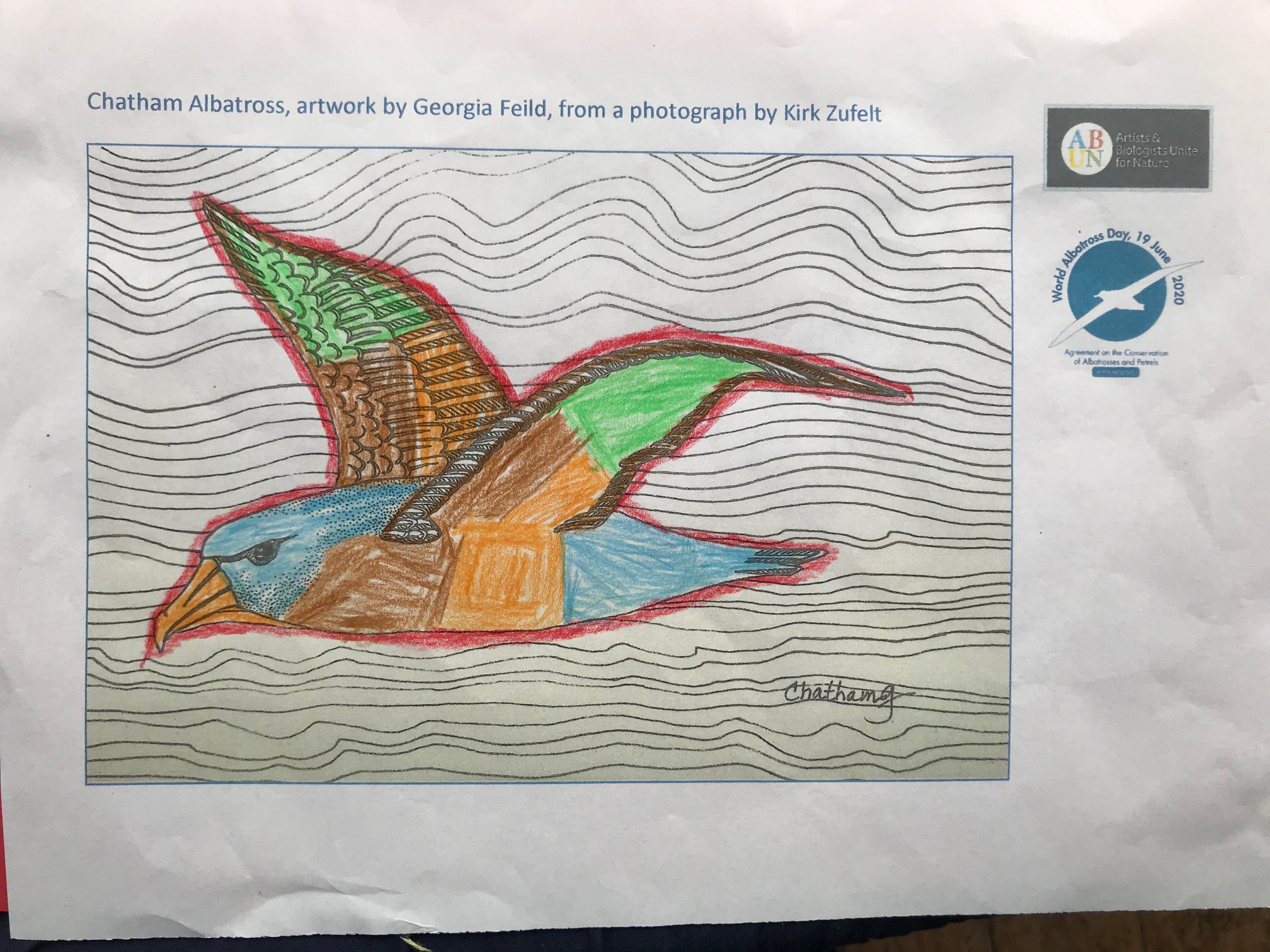
Equal 2nd: Mount Nelson Primary School Prep GT class #2*
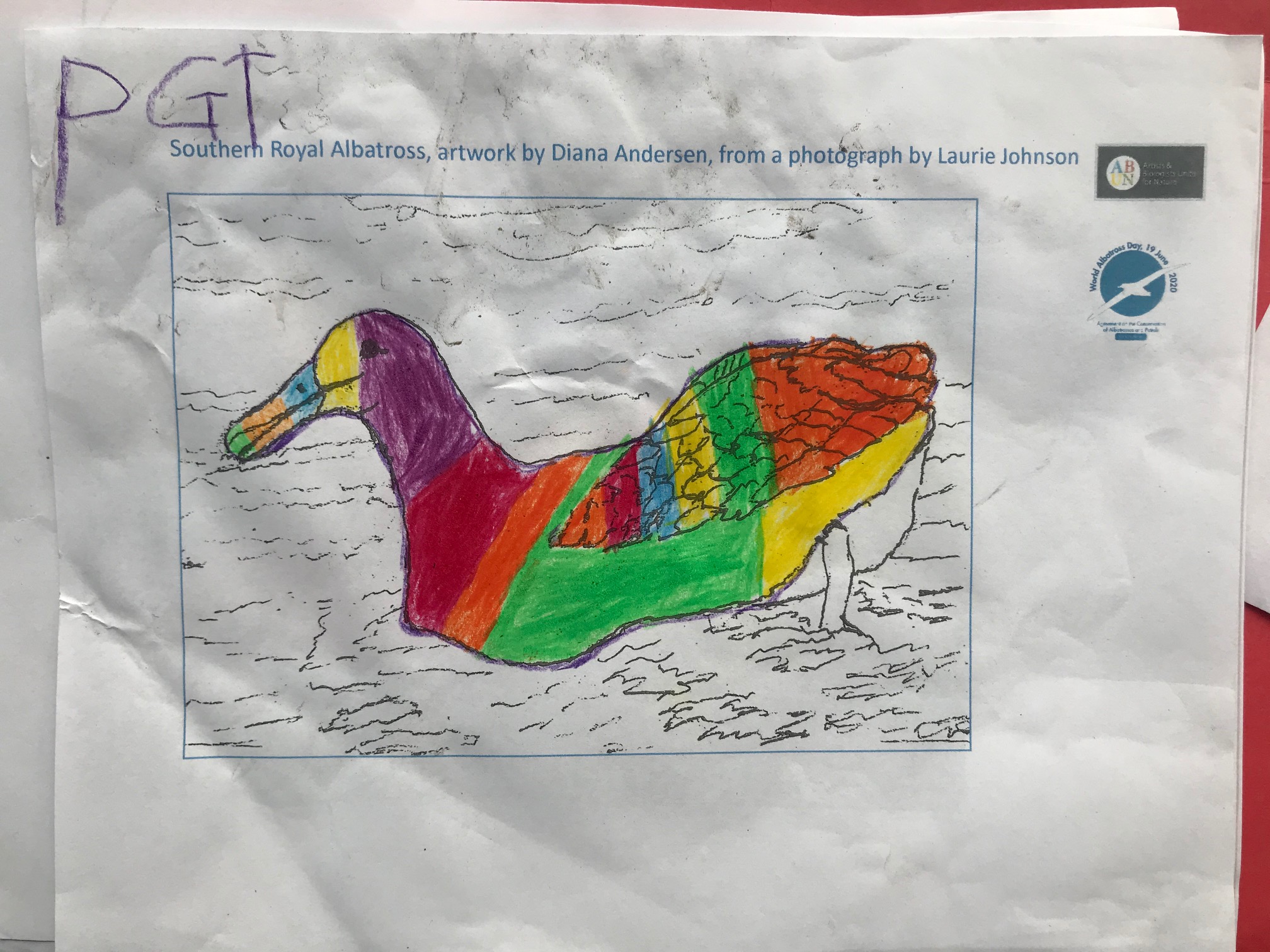
Equal 2nd: Mount Nelson Primary School Prep GT class #9*
6-8-Year Category
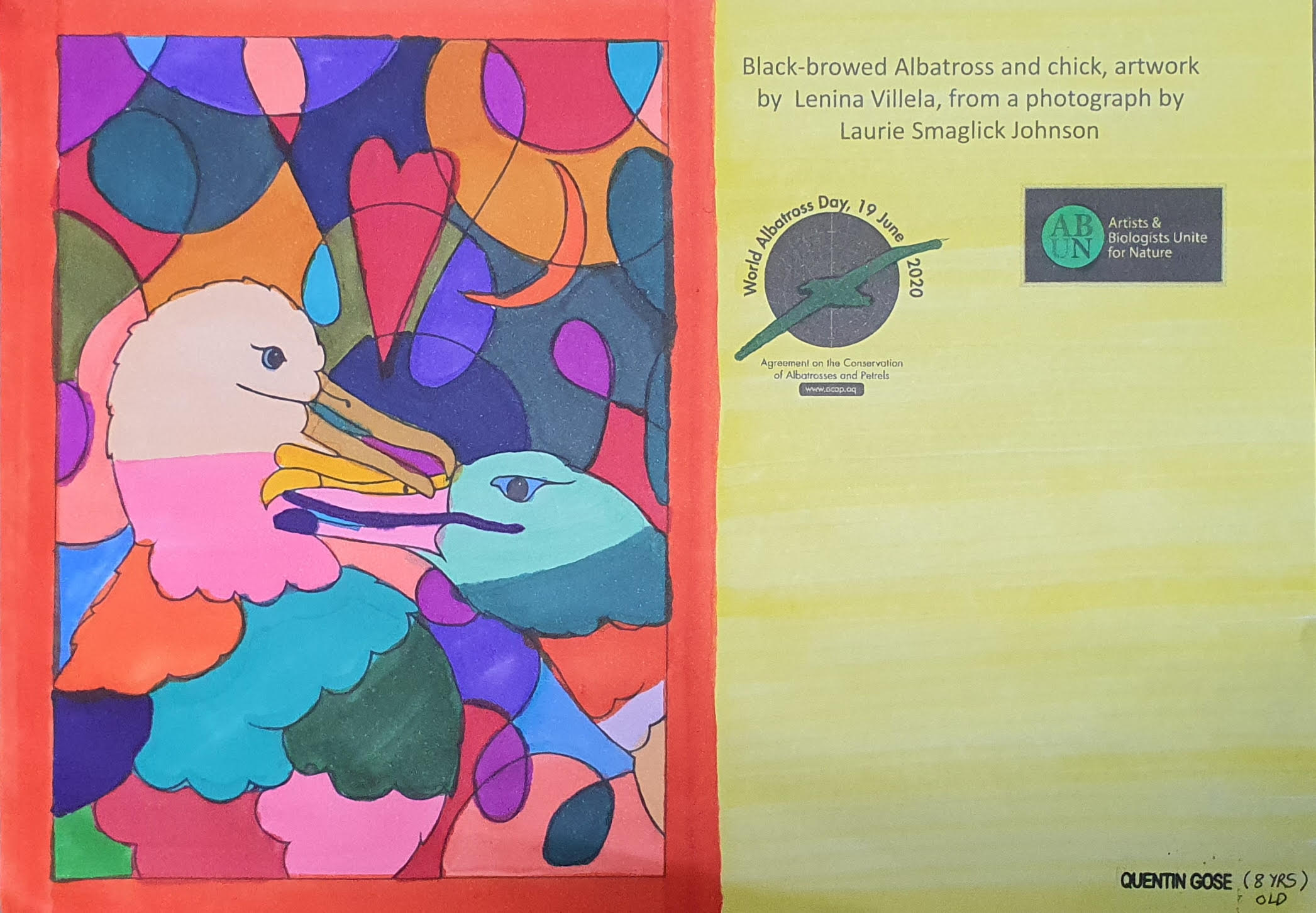
2nd: Quentin Gose

3rd: Valentina Calderon
9-11-Year Category
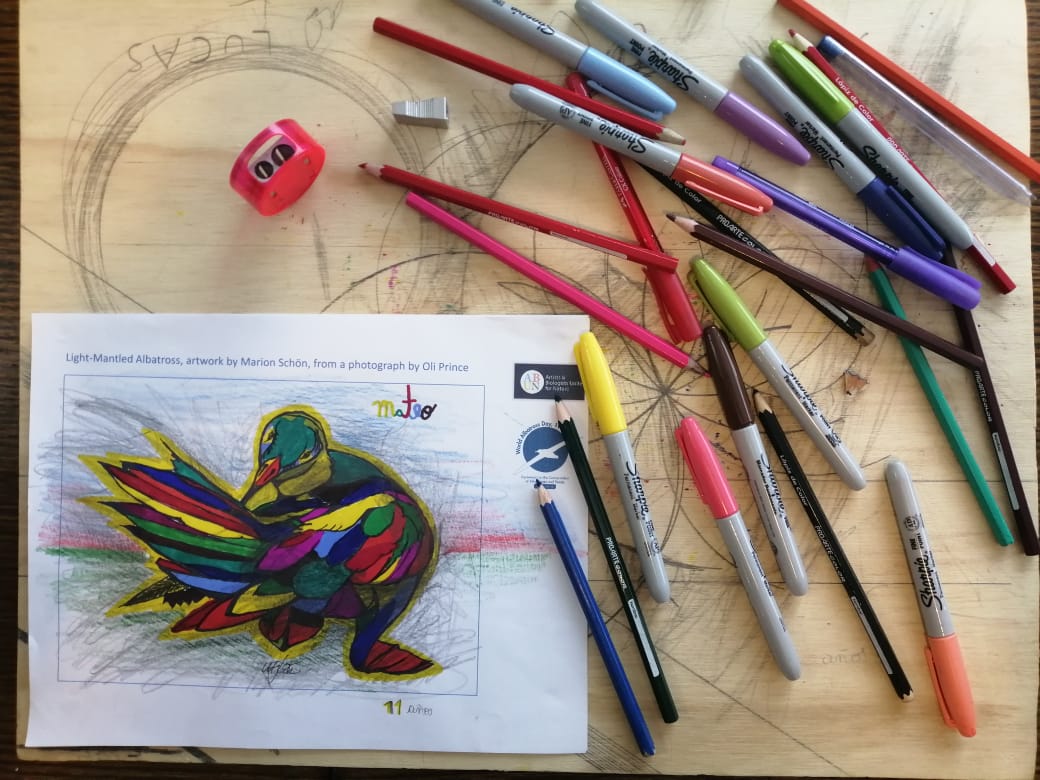
Equal 3rd: Mateo Vergara
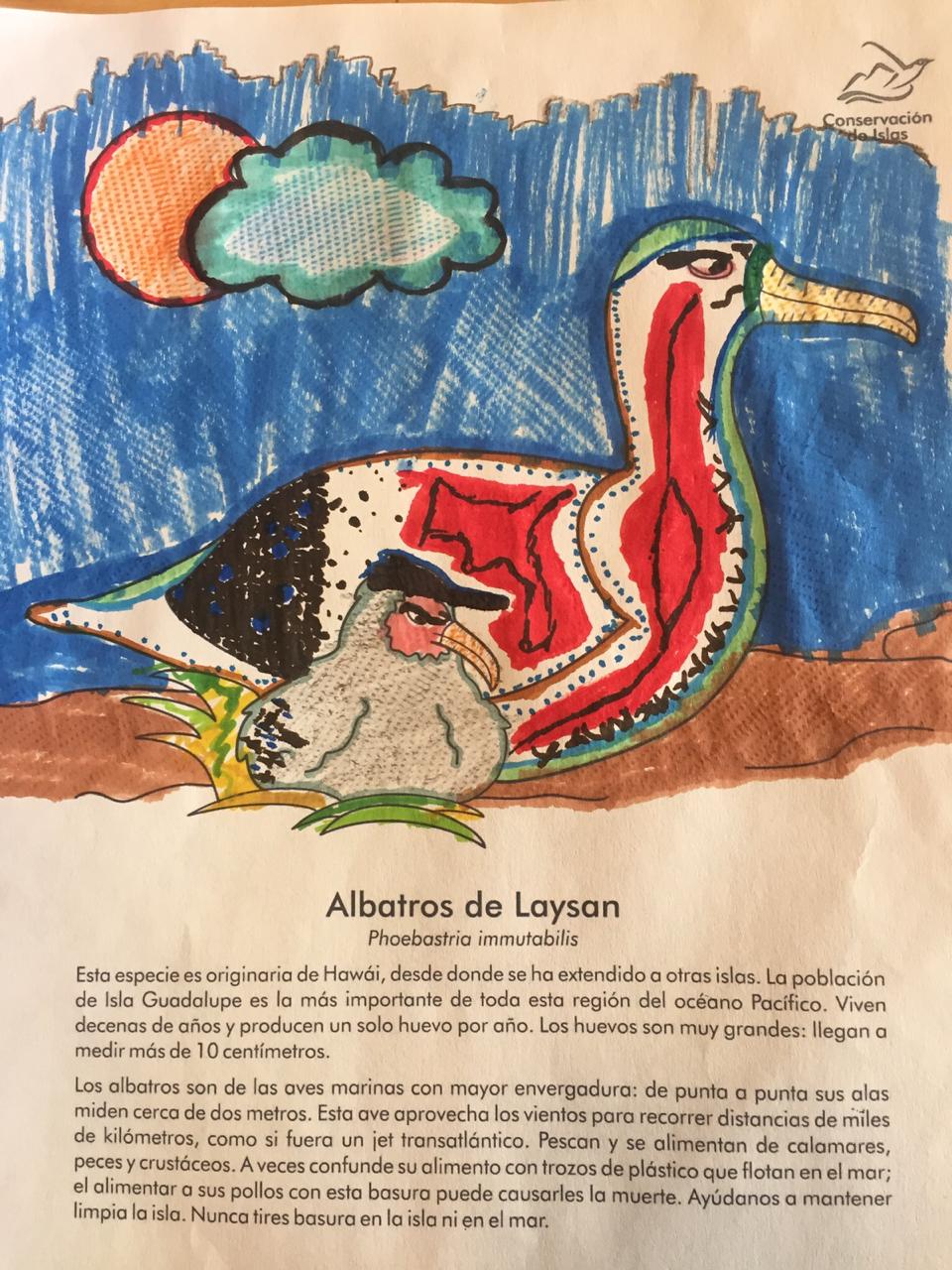
Equal 3rd: Gabriel Muñoz
12-17-Year Category
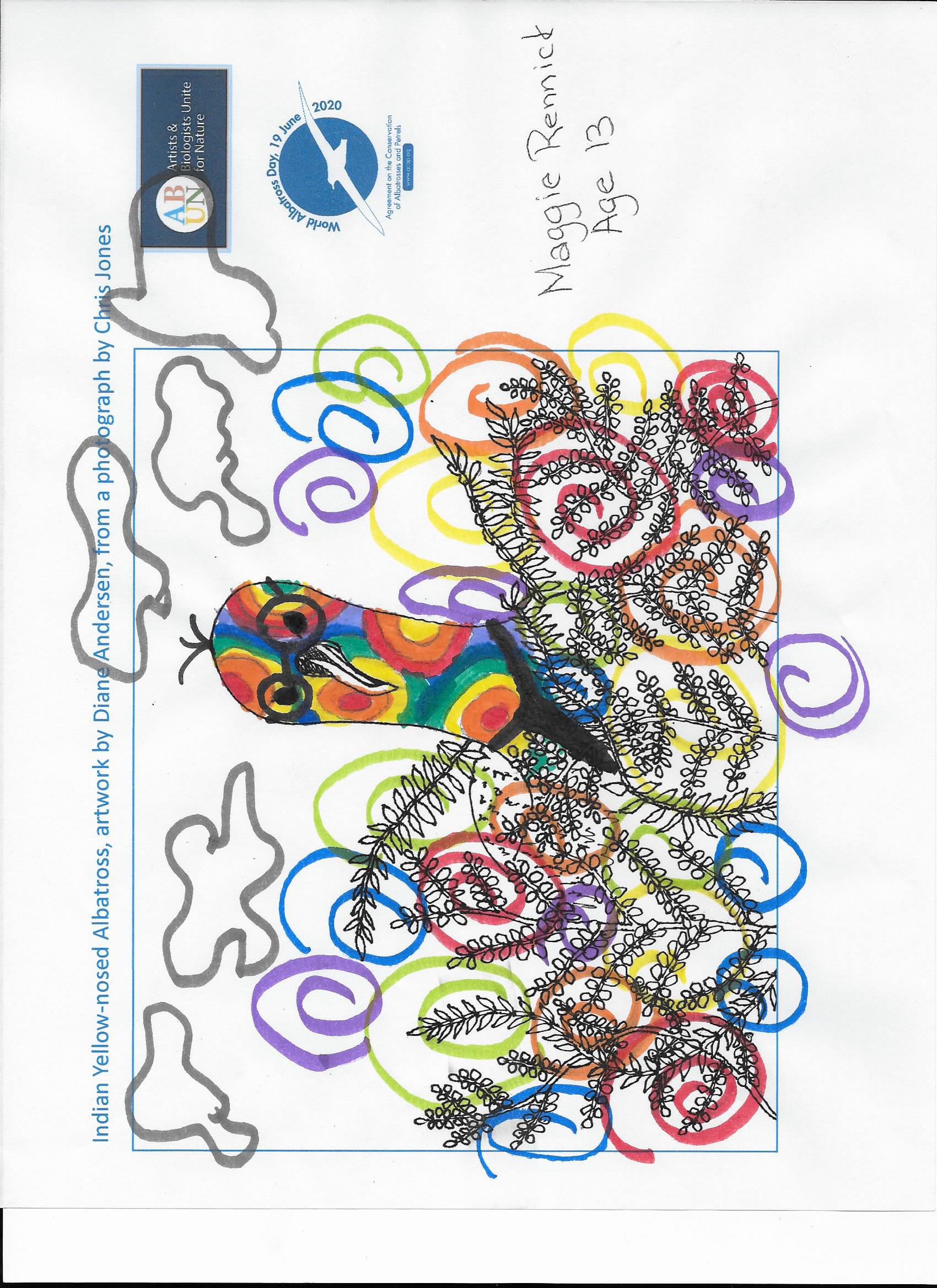
2nd: Maggie Rennick

Equal 3rd: Ellison Gunn
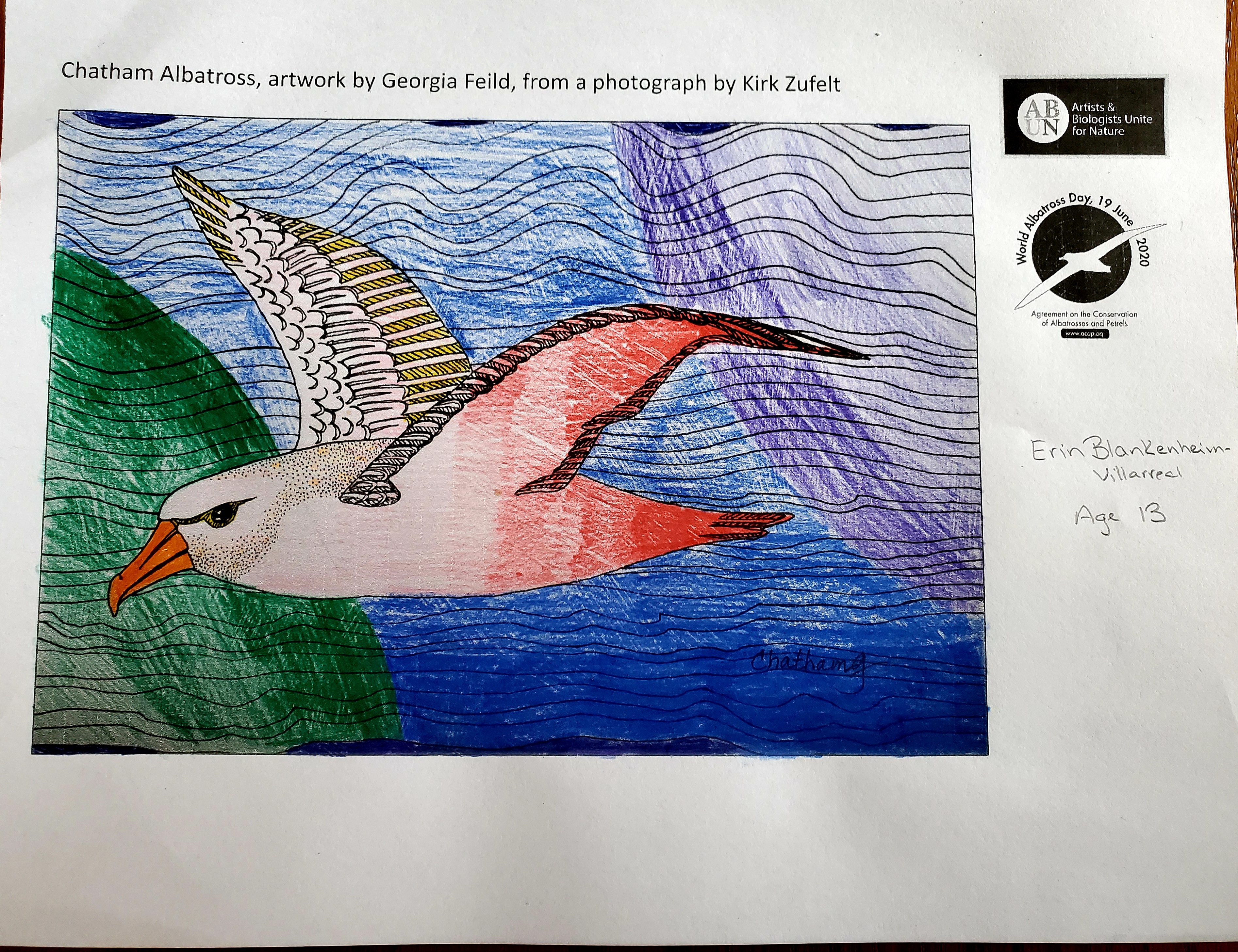
Equal 3rd: Erin Blankenheim Villarreal
With grateful thanks to all the entrants for their colourful entries, the four judges for their choices, the ABUN artists and the photographers who contributed their works and Verónica López for encouraging entries from Latin American countries.
*Closure of the Mount Nelson Primary School in Hobart, Tasmania due to COVID-19 has meant that the names of these two runners up in the 3-5 year category are not available.
John Cooper, ACAP Information Officer, 05 August 2020,m updated 11 August 2020
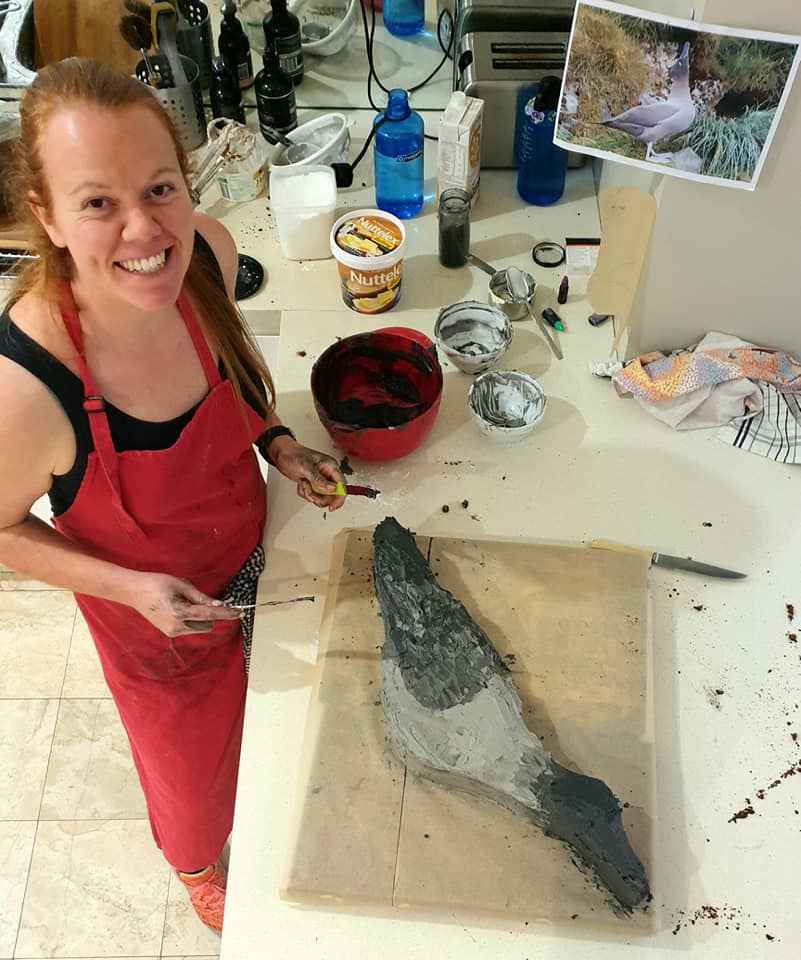

 English
English  Français
Français  Español
Español 